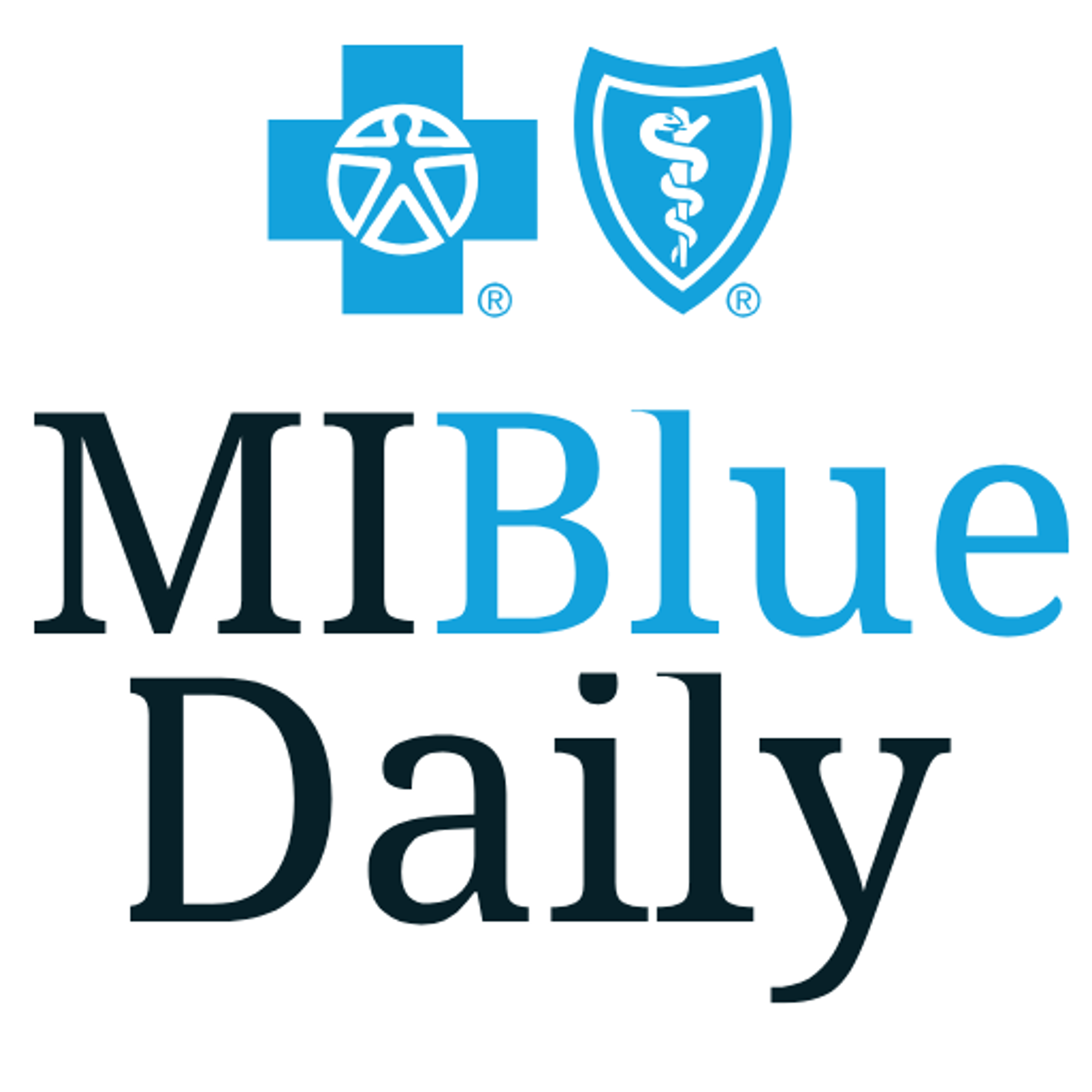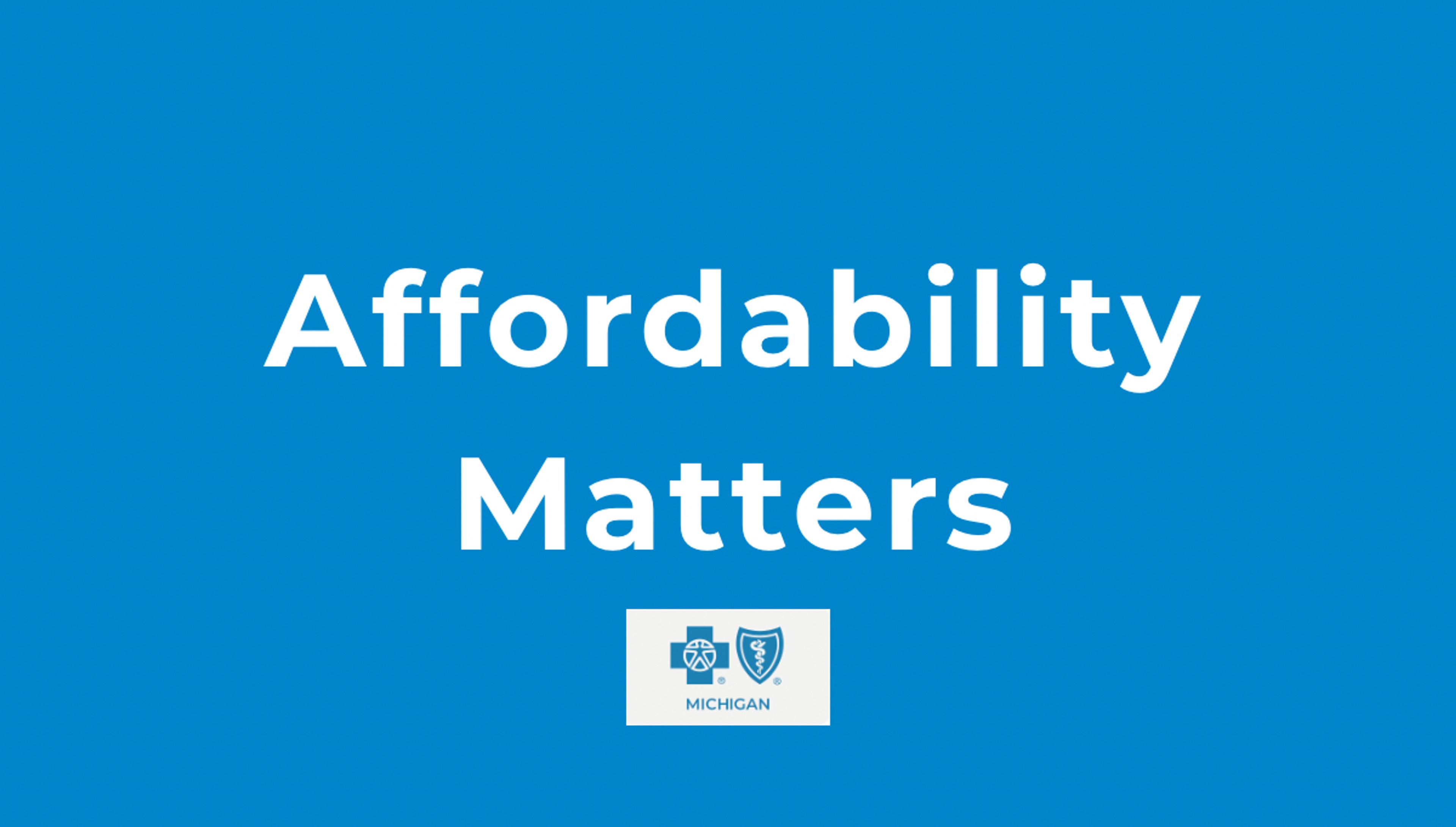Prescription Drug Prices: A Barrier to Affordable Health Insurance

Blue Daily
| 4 min read

Learn more about Blue Cross Blue Shield of Michigan's commitment to affordability here.
Do you know that Blue Cross Blue Shield of Michigan paid almost 15% more for our members’ pharmacy claims in 2024 than we did in 2023?
Why? Inflation during that year was just 3%.
Unregulated prices charged by drugmakers and monopoly status for many of the most expensive drugs are the reasons why skyrocketing drug prices continue to put strain on your health insurance premiums.
Prescription drug prices in the United States are expensive. U.S. prices for brand-name drugs were at least three times as high as prices in comparison countries. Unlike hospitals and insurers, which are highly regulated, drug companies set their own prices without accountability. This must change.
Lack of Price Constraints: In many countries, governments negotiate drug prices to ensure medications remain affordable. In the U.S., drugmakers set their own list prices for American consumers — often several times higher than they charge in other nations.
Lack of Regulation: Health insurance is regulated. Hospitals are regulated. The prescription drug industry is unregulated and unaccountable for the prices they charge, and they are driving costs to unsustainable levels. This unregulated environment allows high prices to drive drugmaker profits at the expense of patients.
Lack of Competition: Under existing law, makers of certain classifications of drugs are allowed up to a 12-year exclusivity period before competitors can enter the market and 20 years of patent protection. This system allows drugmakers — which can price these drugs as high as they want — to command 100% of the market without competition.
Million Dollar Miracles: Innovative gene therapies and other cutting-edge treatments offer potentially miraculous health benefits to life-threatening conditions — but they also come with multi-million-dollar price tags. These breakthroughs deserve a more thoughtful conversation around their pricing and how to pay for them — because the truth is, we all pay. The price of a multi-million-dollar drug isn’t paid just by the patient and their health insurer alone. Across thousands of potential patients, the cost is also shared by the patients’ employers and paid for collectively in the premiums charged to everyone who has health insurance.
The Impact on Health Care Affordability
▪ Rising Premiums: When drug prices go up, everyone pays the price. In 2023, Blue Cross experienced a 15% increase in pharmacy claims costs, while inflation was just 3%. GLP-1 drugs alone, used for diabetic therapy and weight management, saw a 29% increase from 2023 to 2024.
▪ Strained Health Budgets: Prescription drug costs are one of the fastest growing consumer health expenses and will continue that path without action. The surge in drug prices puts pressure on the entire health care system. It puts pressure on member cost-sharing and diverts dollars away from other essential services.
▪ A System in Need of Accountability: The prescription drug industry is unregulated and unaccountable for the prices they charge, and they are driving costs to unsustainable levels. That needs to change. We need a health care system where every part — not just a few — is accountable to the people we collectively serve.
Our Commitment to Change
At Blue Cross Blue Shield of Michigan, we stand for a well-regulated system that puts people before profits. We are committed to:
▪ Stronger Regulation: We believe government regulators must step in to hold drug companies accountable for the prices they set. A balanced regulatory system between drugmakers, hospitals and insurers is essential to protect our members and control health care costs.
▪ Promoting Competition: We support a proposal by the Blue Cross and Blue Shield Association to lower the 12-year exclusivity period for biologic drugs to seven years — bringing competition and lower prices to the market faster. We also support the use of generic drugs by prescribing physicians — ensuring their patients get the lowest-priced drug available. Almost 90% of all prescriptions dispensed to Blue Cross members are low-cost generic drugs, and 10% are brand- name drugs. Expensive, brand-name drugs are putting pressure on the affordability of health care.
▪ Balancing Innovation with Affordability: We support breakthrough treatments — including new gene therapies and innovative drugs — that can transform lives. At the same time, we believe incentives for innovation must be balanced with measures that ensure these advances don’t come at the expense of affordability.
▪ Disrupting an Unfair, Expensive Market When Possible: We won’t stop pursuing solutions that help keep drugs affordable for members, including our partnership with Evio Pharmacy Solutions to bring to market a biosimilar alternative to expensive drugs like Humira and Stelara providing competition and lower-cost alternatives to our members.
▪ Ending Drug Companies’ Tax-Deductible Advertising: Can you believe all that annoying drug advertising you see on TV is tax-deductible? It is — and the Blue Cross and Blue Shield Association doesn’t think that benefits anyone — particularly our members.
Image: Getty Images





